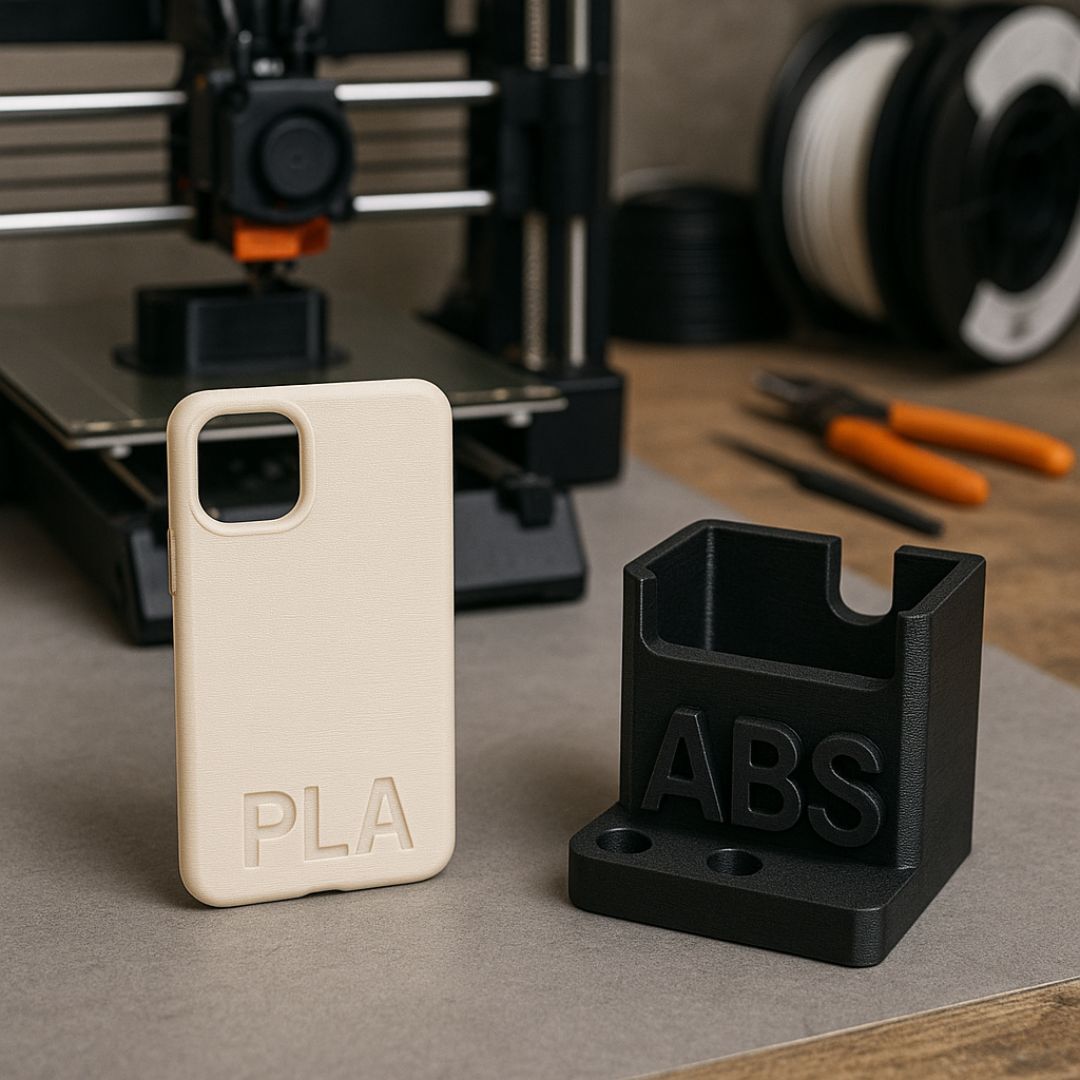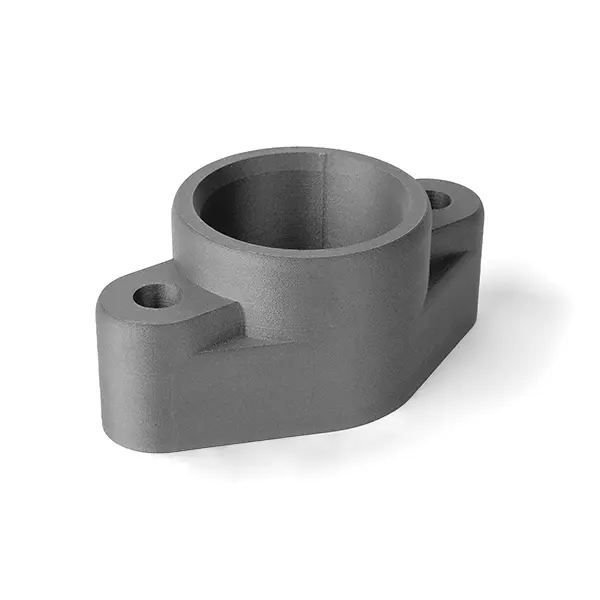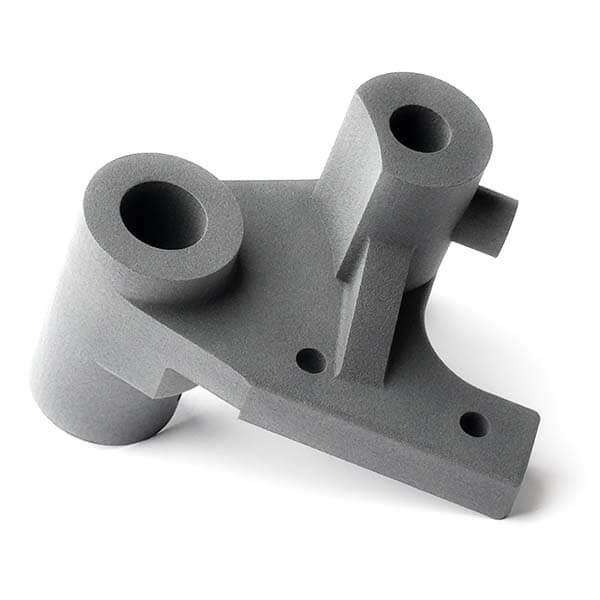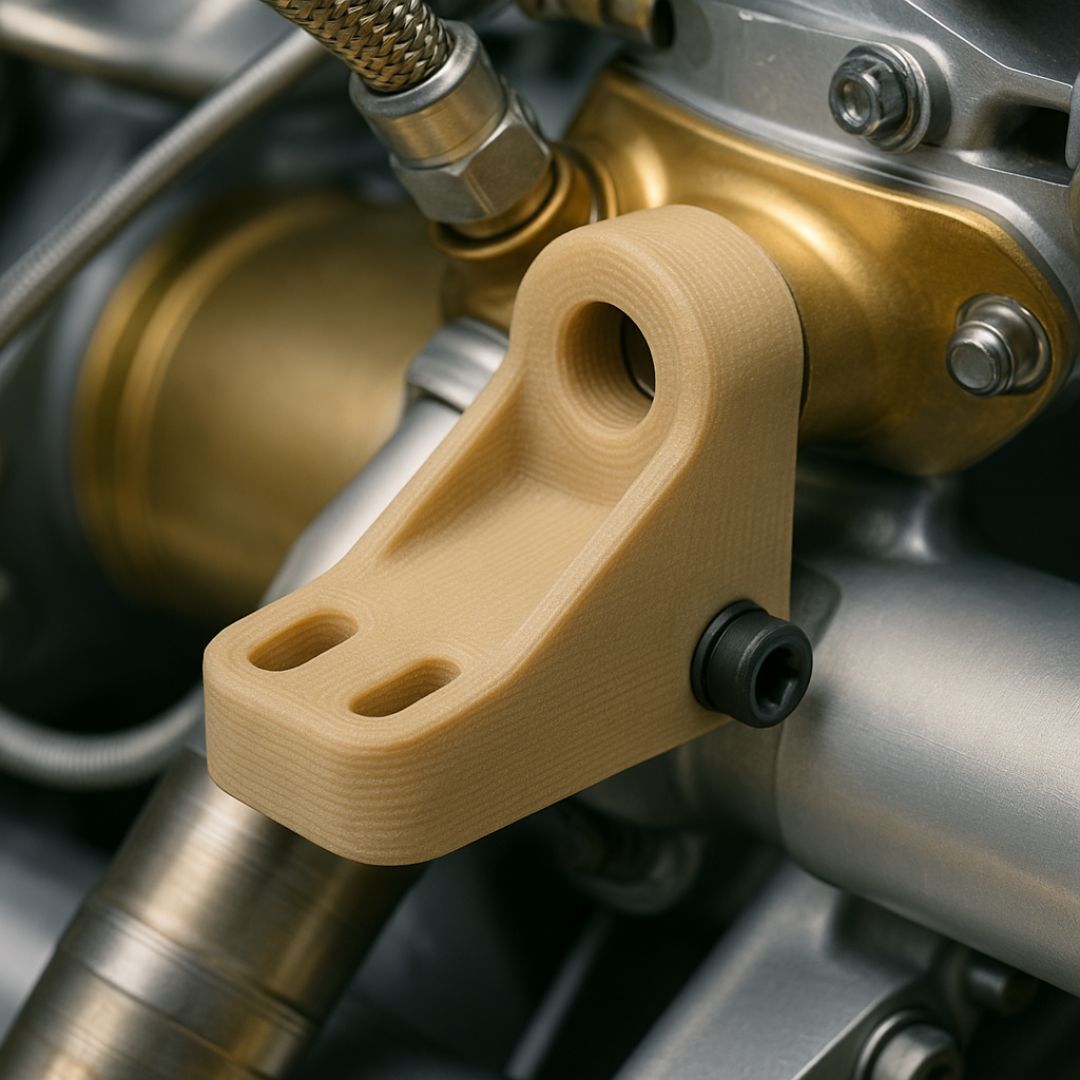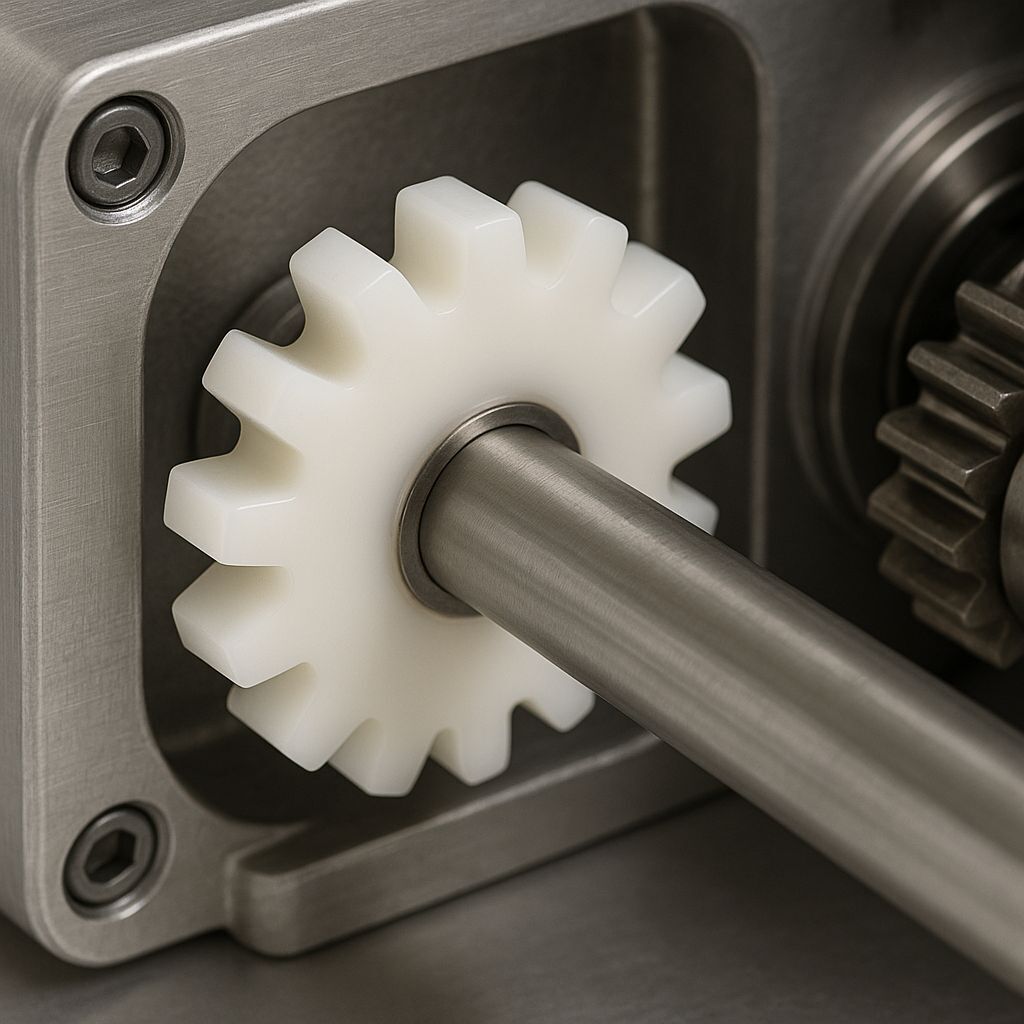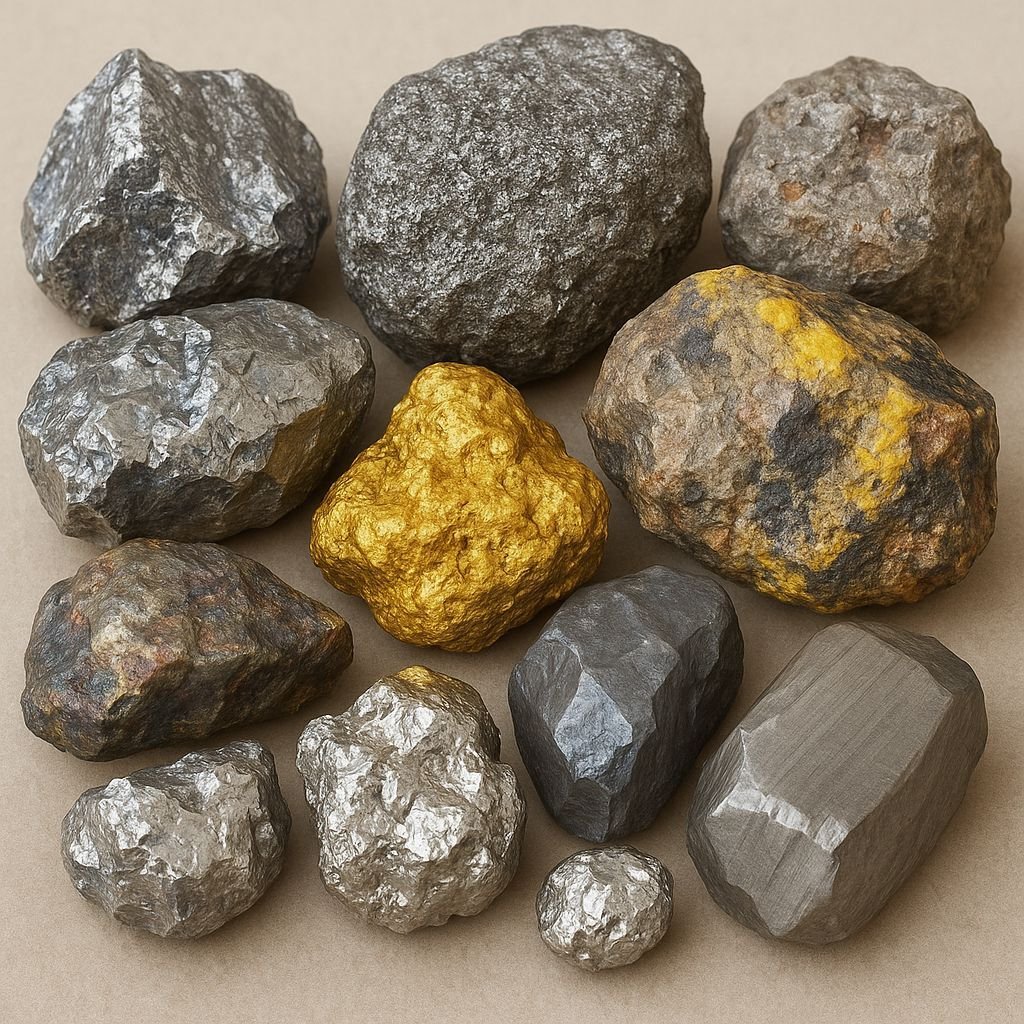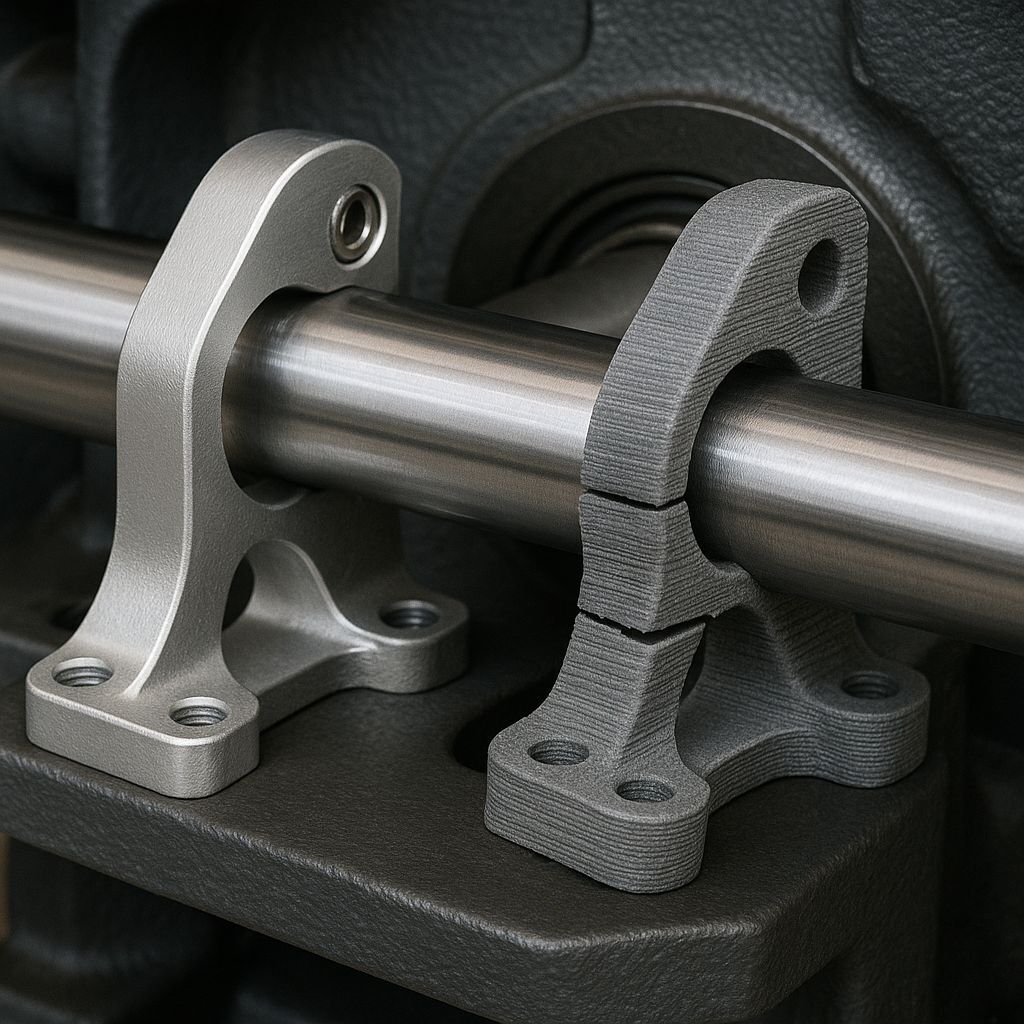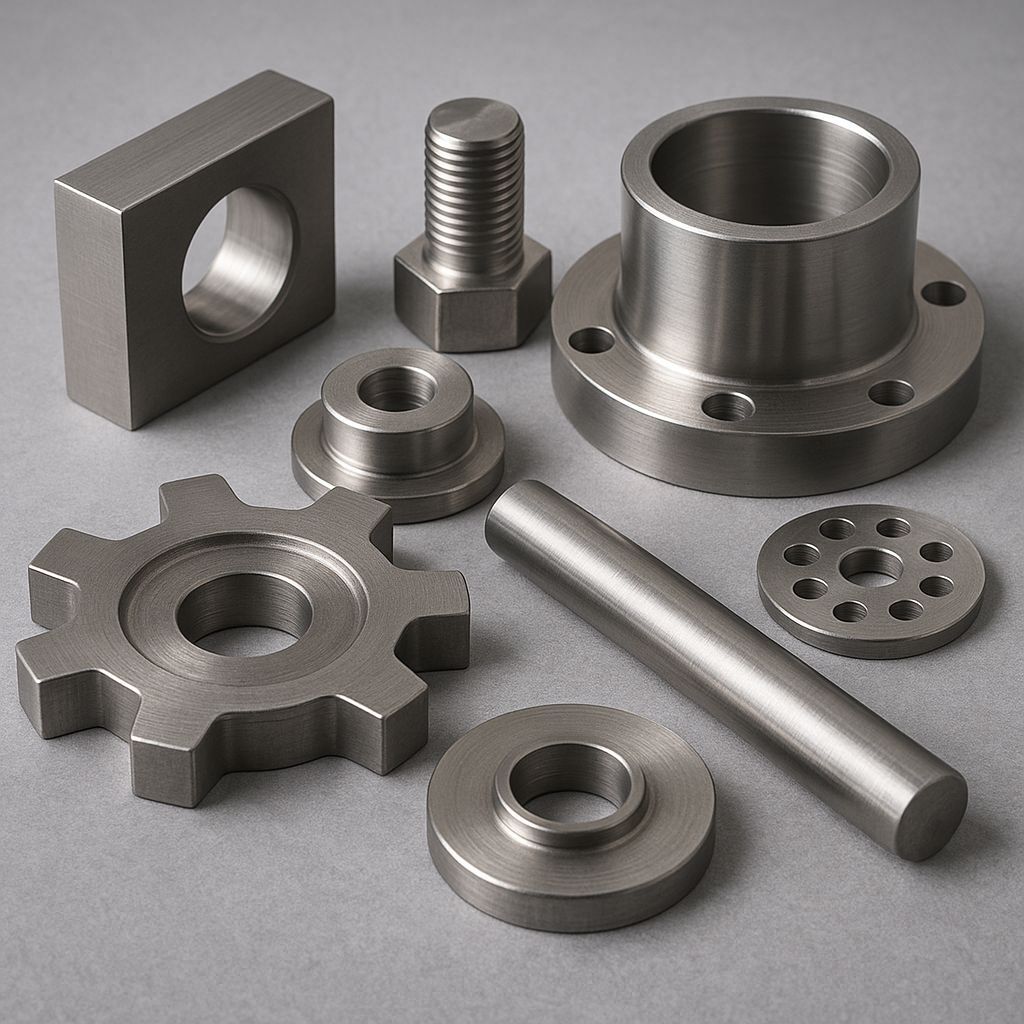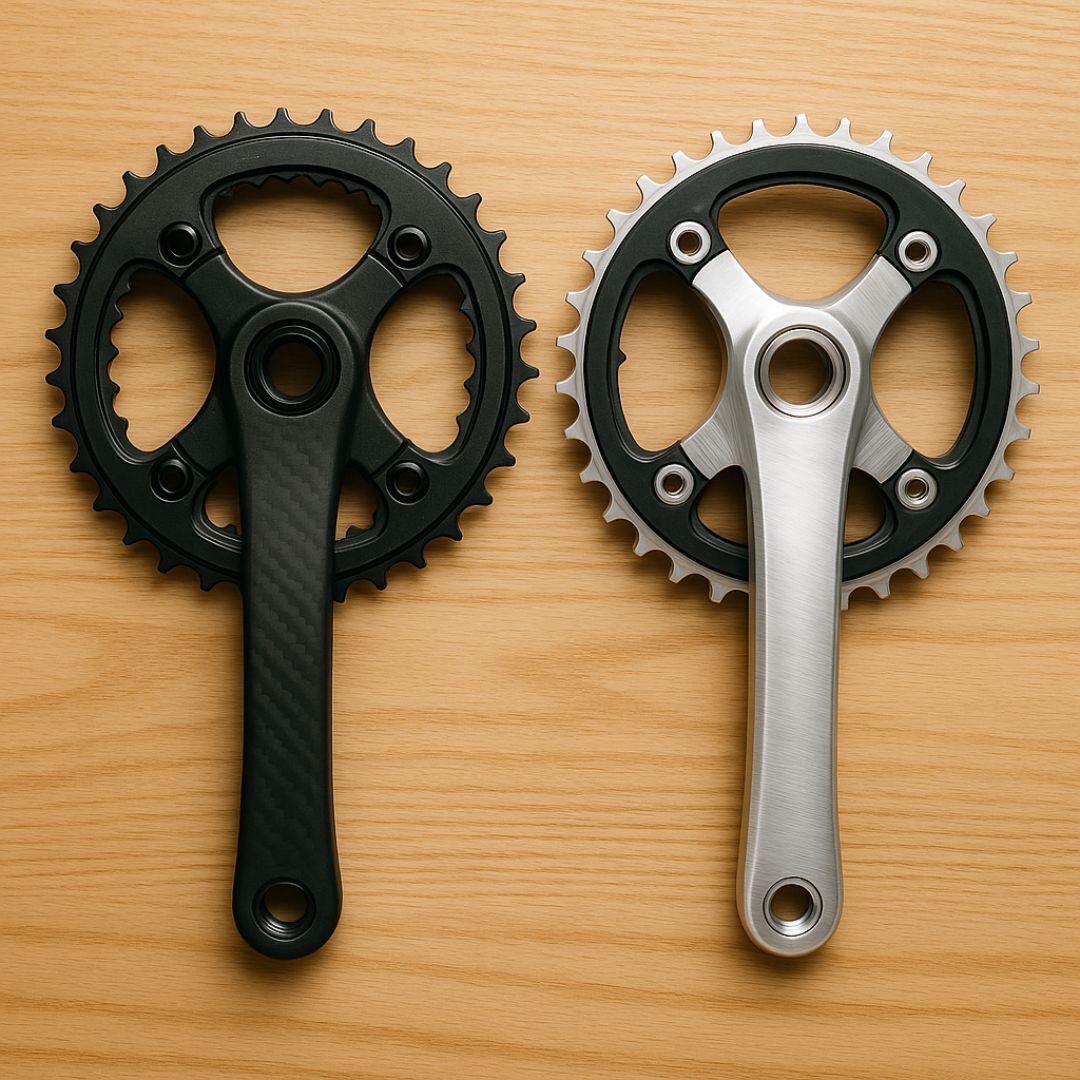2 min read
Stainless Steel 304 and 316: Comparison Between the Two Grades of Stainless Steel
Stainless steel is one of the most widely used materials in modern industry thanks to its corrosion resistance, durability, and versatility.Among the most common alloys are two main types: stainless steel 304 and stainless steel 316.At first glance, they may appear similar, but they differ in ...

